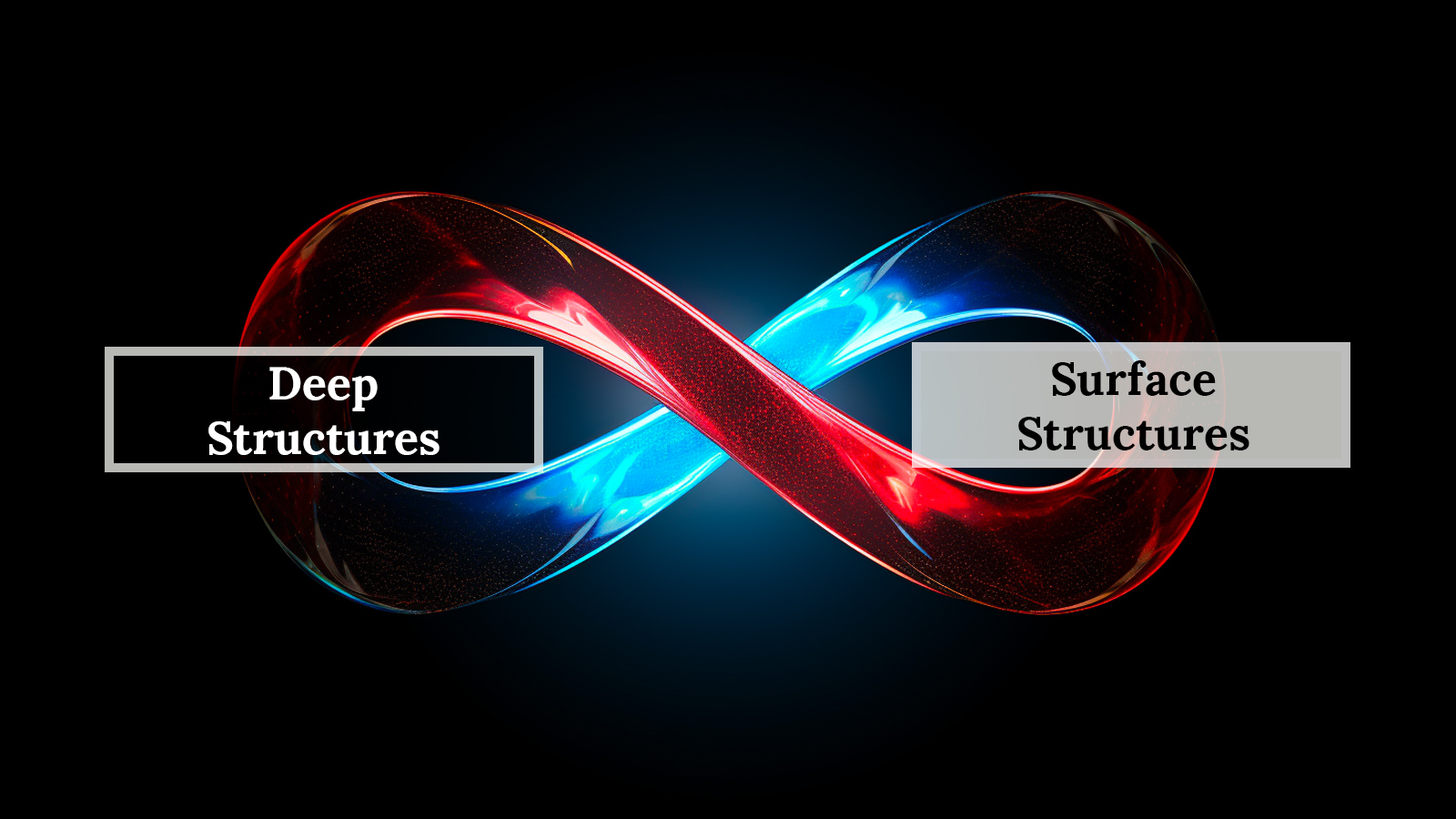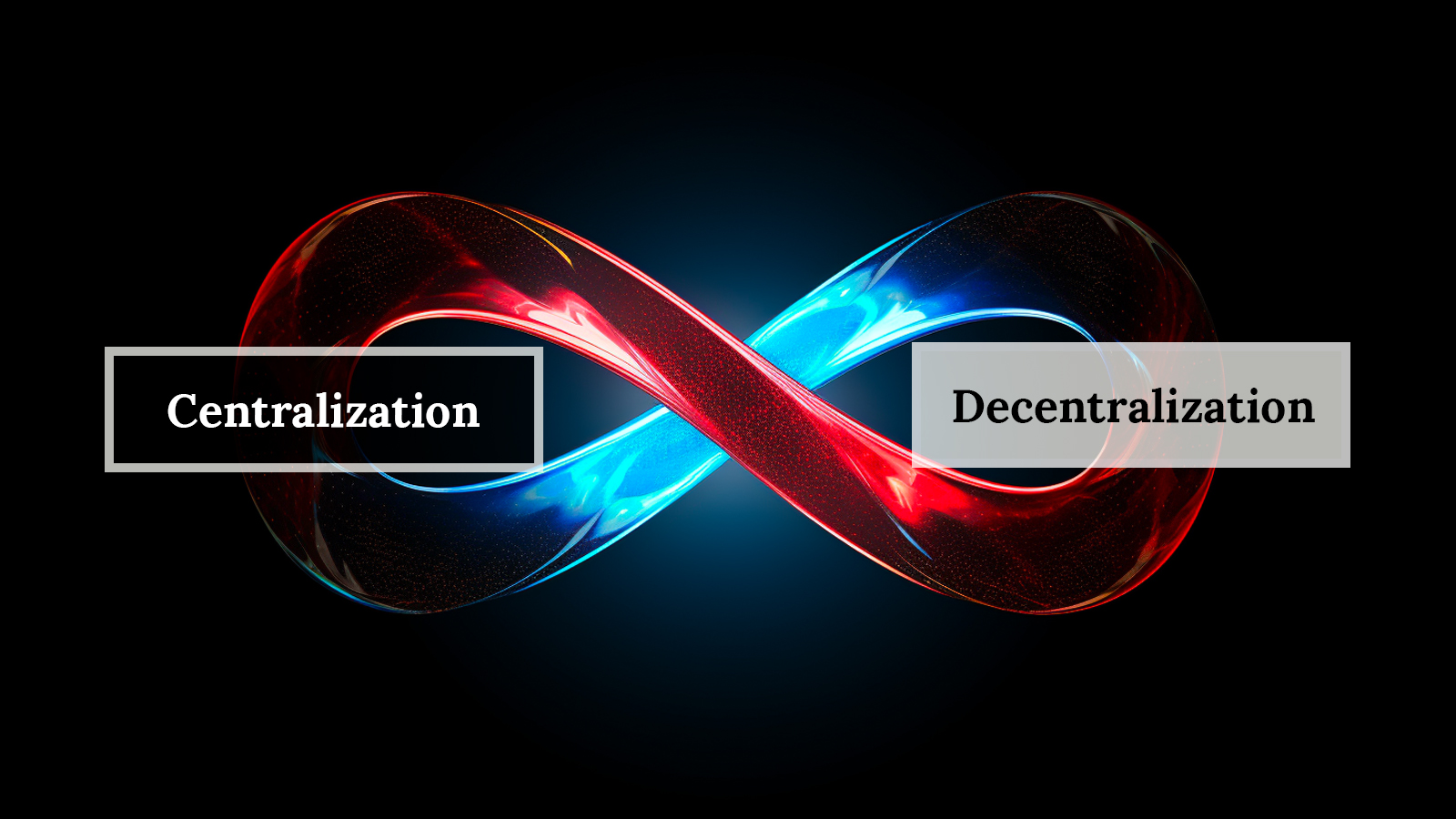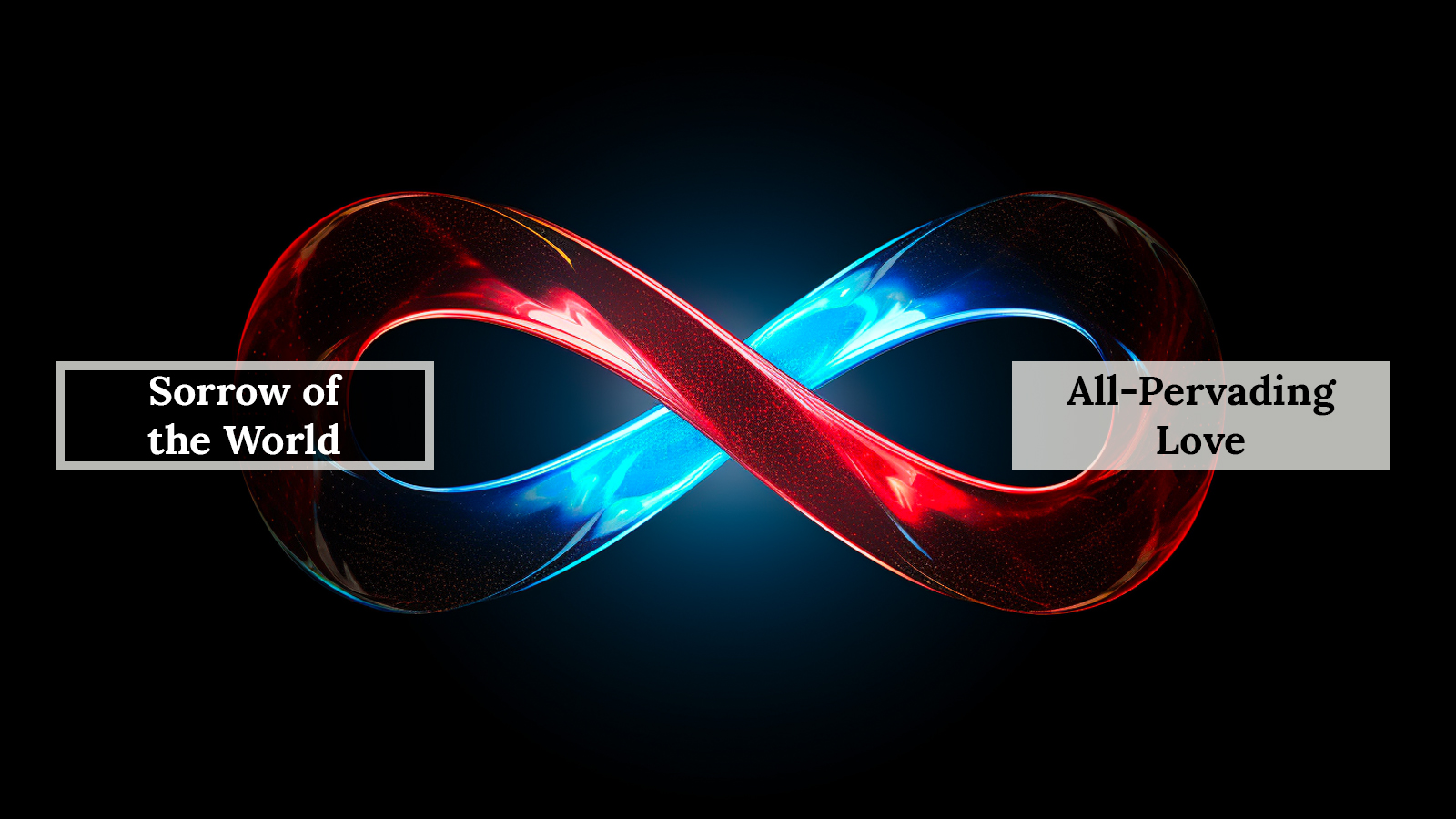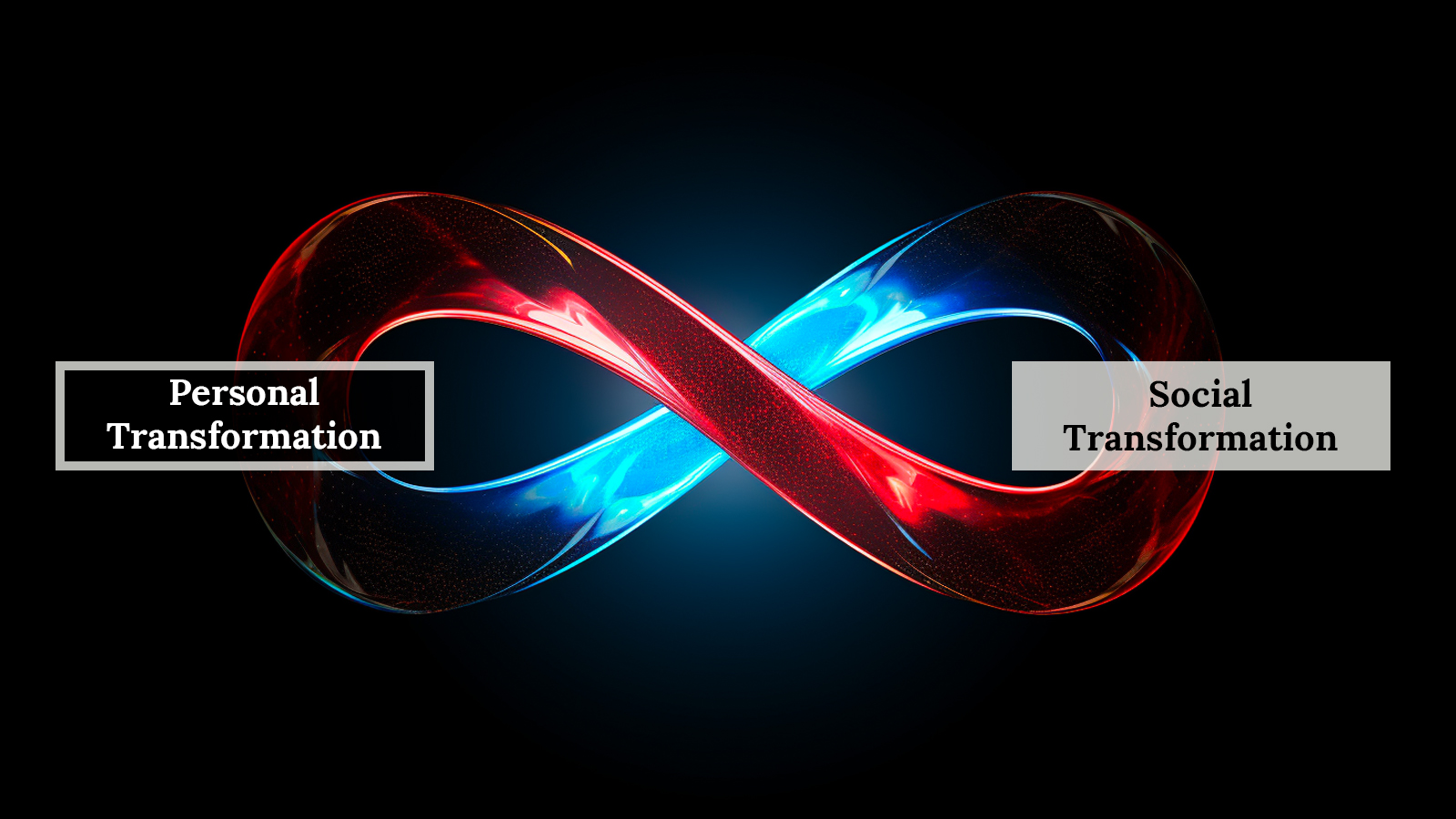|
Polarity
Description |
The polarity of Sameness and Otherness represents the tension between the universal and the particular, the familiar and the unfamiliar. It captures the human inclination to seek comfort in what is known and similar, while also being drawn to the allure of what is different and unique. This polarity is foundational to human experience, shaping our interactions, perceptions, and understanding of both self and the world. Sameness represents the comfort of the familiar, the known, and the consistent. It’s the feeling of belonging, of being part of a group or community where shared values, beliefs, and experiences create a sense of unity. Sameness provides stability, predictability, and a sense of security. It’s the anchor that grounds us, offering a reference point from which we can navigate the complexities of life. Otherness embodies the intrigue of the unfamiliar, the allure of difference, and the richness of diversity. It challenges our preconceptions, broadens our horizons, and introduces us to new perspectives and experiences. Otherness is the catalyst for growth, innovation, and change. It reminds us of the vastness of human experience and the infinite possibilities that lie beyond our immediate understanding. |
|
Integrated
Polarity |
Unity in Diversity (Unitas Multiplex) represents the harmonious integration of Sameness and Otherness. It acknowledges the foundational commonalities that bind us together while also valuing the diverse experiences and perspectives that enrich our collective understanding. By embracing Unitas Multiplex, individuals and communities can foster a sense of shared identity and purpose while also celebrating the unique contributions of each member. This balance ensures that while we recognize and appreciate our differences, we never lose sight of the shared values, goals, and experiences that unite us. |
|
Disintegrated
Polarity |
When Sameness and Otherness are not integrated, the polarity can manifest as either Homogeneity or Fragmentation. Homogeneity results from an overemphasis on sameness, leading to conformity, suppression of individuality, and lack of diversity. In contrast, Fragmentation arises from an excessive focus on otherness, leading to division, conflict, and a loss of shared identity and values. Both extremes are detrimental to the health and vitality of a community or organization. |
|
Tips for
Integrating |
To harmonize the polarity of Sameness and Otherness, it’s crucial to consciously oscillate between and inhabit healthy expressions of both poles. When there’s a tendency towards too much sameness, encourage the exploration and celebration of diversity, and the valuing of individual perspectives. When the focus shifts excessively towards otherness, reinforce shared values and common goals to maintain group cohesion. Regularly engaging in activities that promote both unity and diversity, such as multicultural events or team-building exercises that highlight common goals, can help in maintaining this balance. |
|
Tips for
Integrating |
Integrating Sameness and Otherness involves creating a culture that simultaneously values shared identity and embraces diversity. This can be achieved through practices like inclusive dialogues, where different viewpoints are not only heard but integrated into a collective understanding. Encouraging personal development that focuses on empathy and understanding of others can foster an appreciation for both commonalities and differences. In the context of Integral Life Practice, this integration can be supported by practices in the realms of shadow work (to address biases and preconceptions), interpersonal communication (to enhance understanding and connection), and spiritual development (to foster a sense of universal connectedness). By consciously engaging in practices that nurture both poles, individuals and communities can evolve towards a more integrated, harmonious state of Unity in Diversity. |
Related Media
Meta-Ideological Politics: Bridging the Gaps Between Us
Ryan Nakade
Ryan’s presentation delves into the complex nature of ideology and its profound impact on our perceptions, interactions, and behaviors. He underscores the human brain’s inherent tendency to seek patterns, elucidating how ideologies aid us in deciphering the world but can also misguide us. Ryan describes the three definitions of “meta” he uses to elucidate the concept of meta-ideological politics: “meta” as transcending, “meta” as between, and “meta” as self-aware or self-referential.
More Polarity Maps
About Corey deVos
Corey W. deVos is editor and producer of Integral Life. He has worked for Integral Institute/Integal Life since Spring of 2003, and has been a student of integral theory and practice since 1996. Corey is also a professional woodworker, and many of his artworks can be found in his VisionLogix art gallery.


































